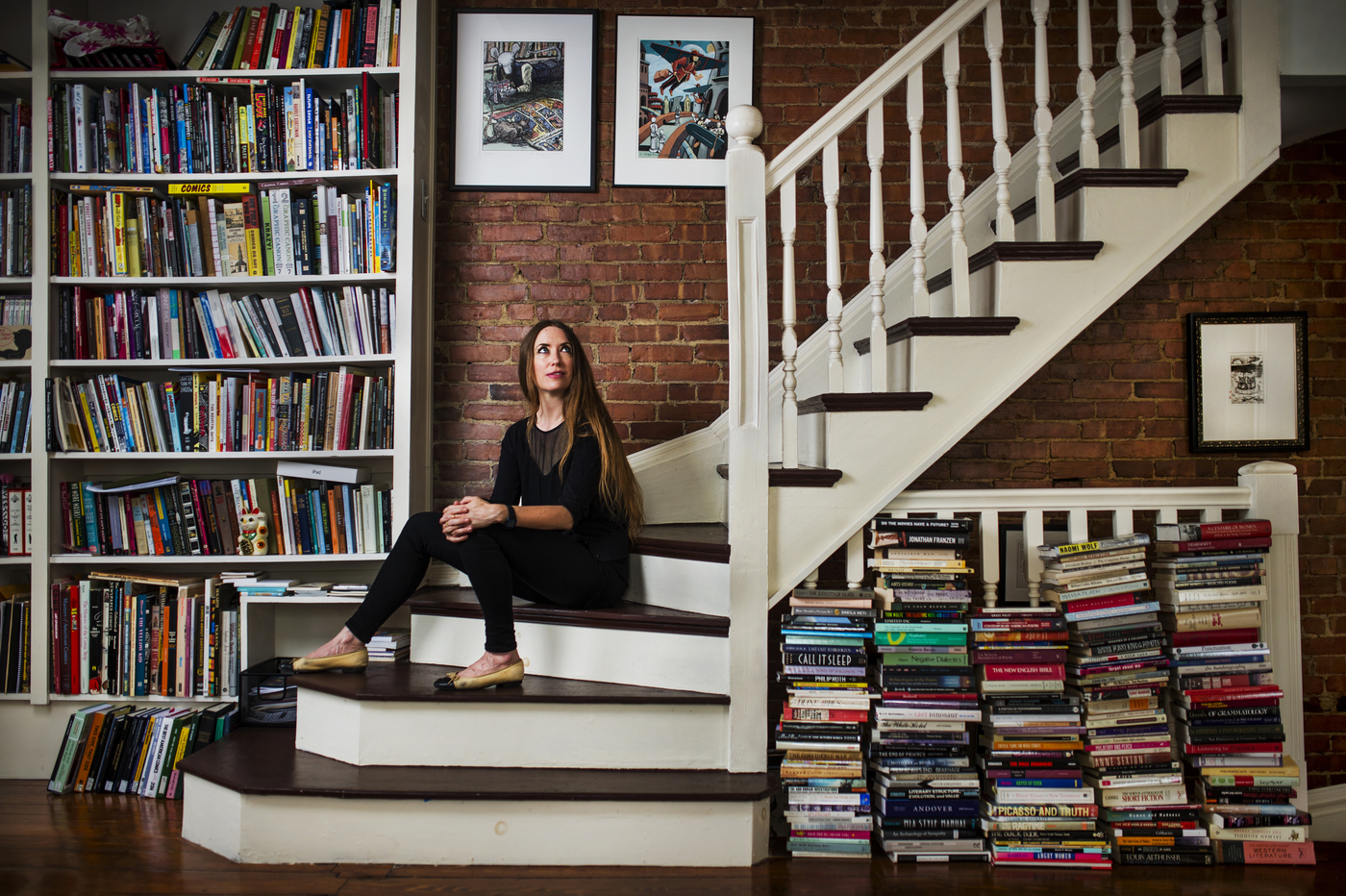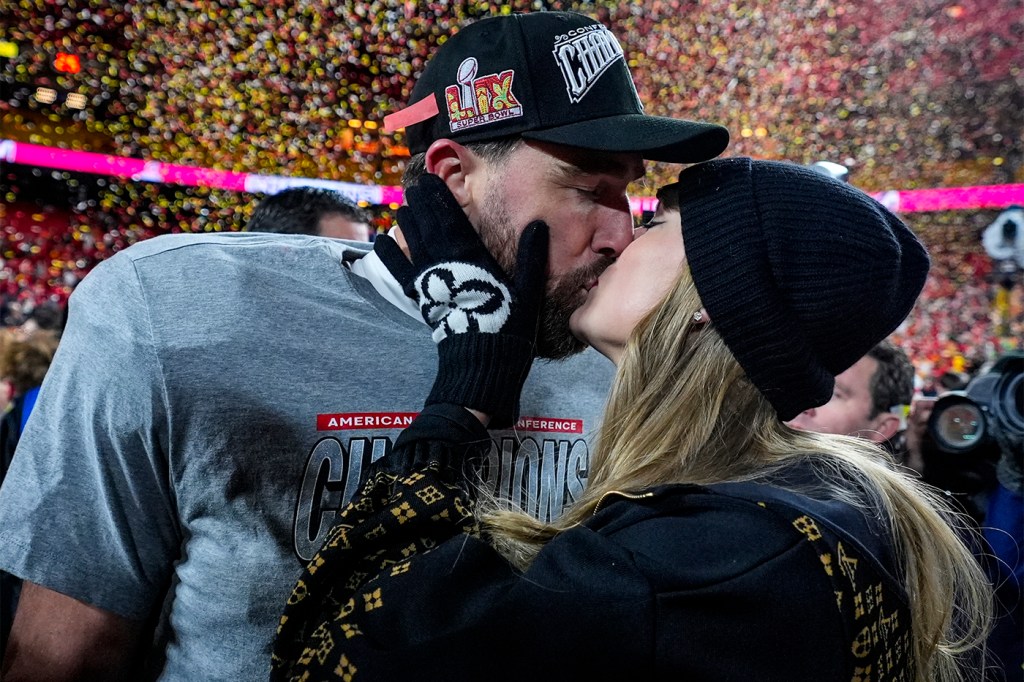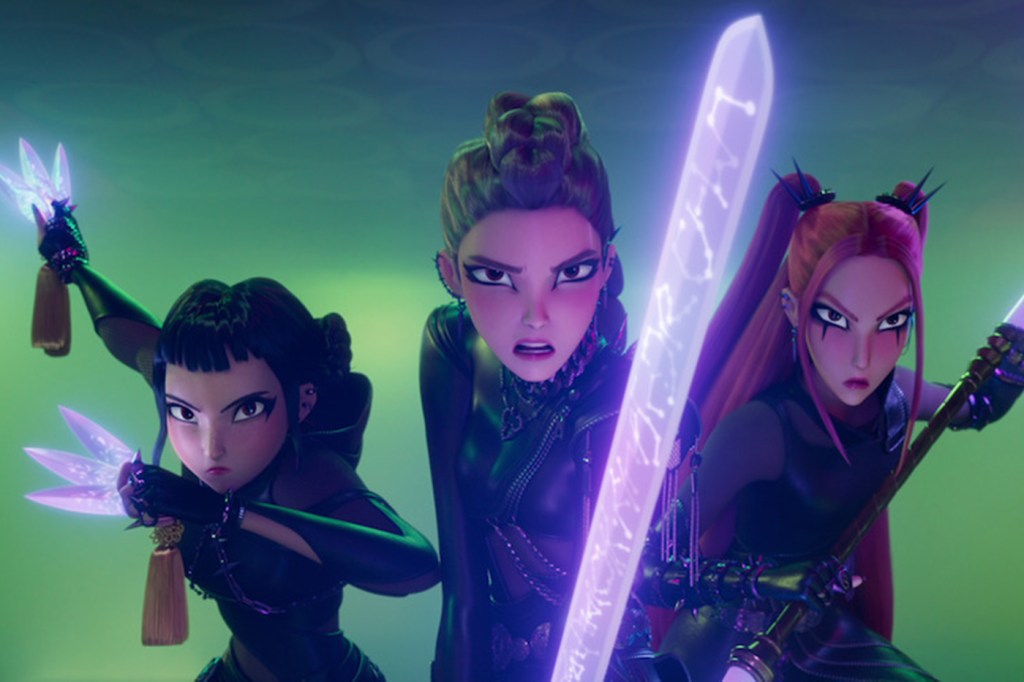How queer comics made their mark on history


Hillary Chute, distinguished professor of English and Art and Design with joint appointments in the College of Social Sciences and Humanities and the College of Arts, Media and Design, talks about the history and popularity of queer comics. Photo by Adam Glanzman/Northeastern University
The demand for LGBTQA-themed comics has exploded since Hillary Chute, distinguished professor of English, art, and design at Northeastern, began studying nonfiction comics and graphic novels in 2000.
Chute recently worked on a documentary about LGBTQA-themed comic books called “No Straight Lines: The Rise of Queer Comics,” directed by Vivian Kleiman.
The film—part of an inclusive roster of LGBTQA work airing during Pride Month—features ground-breaking queer cartoonists and will premier at the Tribeca Film Festival June 12.
Chute discusses the appeal of comics as an underground art form as well as the increasing interest in LGBTQA narratives.
What was your favorite comic as a child?
Maybe “Garfield”? My interest in comic books didn’t really start when I was a kid the way it does for some people. The first comic that I got really interested in was Art Spiegelman’s “Maus,” and I like to say I haven’t stopped thinking about it in the 20-plus years since. That was my entry into this world. I went looking for others like it and I found just this whole world of unbelievably sophisticated, interesting, intricate works.
How did comic books featuring LGBTQA narratives develop?
Comics, moving forward from underground comics in the ’60s and ’70s, were kind of an uncensored space where certain kinds of stories could be told that wouldn’t necessarily be published by mainstream book publishers. So back when it was harder for queer work to get published, a lot of these stories were taking shape in comics.
Why do you think queer comics continue to thrive even as LGBTQA storylines are more commonly found in mainstream publishing?
One of the things I love about drawing is that it’s almost an index of the body of the maker. A line has personality. So you’re getting more intimate information about the person making that line in comics. There’s also something about the handwriting in comics that’s very immediate and very urgent, both for the person drawing and for the person looking at it.
Can you give an example?
A cartoonist named Ariel Schrag did a comic book series for each year she attended high school in Berkeley, California. And so it was almost like a story developing in real time. Along the way we see her come out, we see her relationships, we see her drawing develop and we see her get better as a cartoonist. That lack of editing and lack of censorship actually leads to some incredible stories and for the creators it’s kind of a safe space where they can draw about not only what’s happening to them but also what their fantasies are.
Talk about your work on the production of “No Straight Lines.”
As an advisor, I’d exchange ideas about the shape of the film, the visuals, and the kind of scale of the film in terms of the way it focuses on certain comic creators and then pulls back to give a sense of the cultural and social scene at the moment. For example, the backdrop of AIDS and AIDS activism in New York City is a big part of the film.
Did anything unexpected happen during the making of the movie?
Cartoonist Howard Cruse, one of the central inspirations for this film and someone who’s known as the godfather of queer comics, died while it was being made. I think that was a moment in which everyone sort of took stock and realized how important the stakes are. These people aren’t rich and famous, some of them are still quite obscure, but in this world in terms of what they generated, these people are huge. They’re heroes who did work that allowed a whole community of people to flourish, and I felt like it was almost this race to find them.
What are your favorite queer and trans comics right now?
The field is huge and growing! For someone newly interested in checking out queer comics, Alison Bechdel’s “Fun Home” is a must—and one of the best books I have read in decades. For comics work about trans experience, I highly recommend KC Councilor. He created the memoir “Between You and Me: Transitional Comics,” which was influenced by one of my all-time comics heroes, Lynda Barry.
For media inquiries, please contact media@northeastern.edu.





